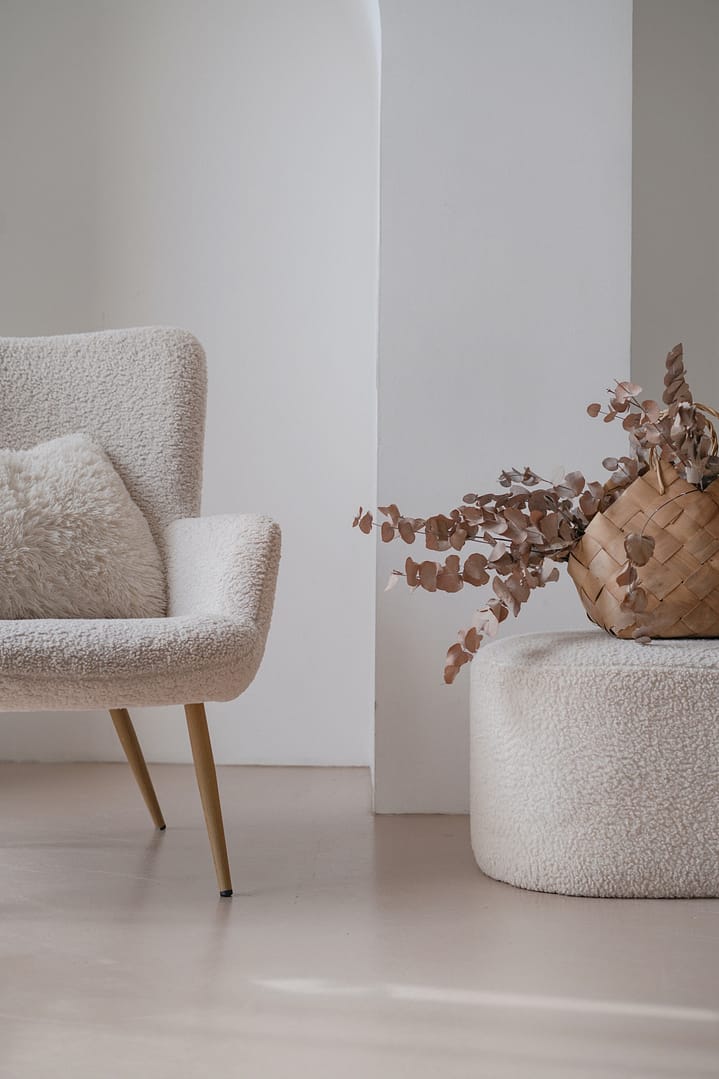How to Design Your Home with a Sense of Enclosure

In the hustle and bustle of modern life, the home serves as a sanctuary, a place of refuge where families seek comfort, security, and peace. One crucial element that contributes to this sense of sanctuary is the concept of enclosure in interior design. Enclosure not only fosters a feeling of privacy and security but also enhances the overall coziness and warmth of a space.
In this article, we will delve into the significance of creating a sense of enclosure in home design and provide practical tips and ideas for families looking to enhance their living spaces.
*Affiliate Disclaimer.
This post may contain affiliate links, which means we may receive a small commission, at no cost to you,
if you make a purchase through a link.
What is This Sense of Enclosure?
It refers to the feeling of being enclosed or surrounded, creating a sense of intimacy and privacy within a space. In the context of home design, this concept plays a vital role in shaping the way we experience our living environment. Homes that incorporate elements of enclosure offer residents a retreat from the outside world, promoting relaxation and tranquility.
One of the primary benefits of a sense of enclosure is the feeling of security it provides. Research has shown that 78% of homeowners feel safer and more secure in homes with a well-defined sense of enclosure. By creating boundaries and delineating different areas within the home, residents can enjoy a heightened sense of protection, shielding them from external disturbances and intrusions.
Furthermore, a sense of enclosure contributes to the overall comfort and coziness of a space. When designed thoughtfully, enclosed areas within the home can evoke a feeling of warmth and intimacy, encouraging relaxation and socialization. Whether it’s curling up with a book in a cozy nook or gathering around the kitchen island for family meals, spaces that embrace enclosure foster a sense of connection and belonging.

Some Practical Tips?
Now that we understand the importance of sense of enclosure, let’s explore some practical tips for incorporating this concept into your interior and kitchen design:
- Define Zones: Use architectural elements such as walls, partitions, or room dividers to define different zones within your home. This could include creating a separate dining area in the kitchen or carving out a cozy reading corner in the living room.
- Play with Lighting: Strategic lighting can enhance the sense of enclosure in a space. Consider using dimmer switches, task lighting, and ambient lighting to create layers of illumination that add depth and intimacy to different areas of your home.
- Utilize Textures and Materials: Incorporate tactile elements such as wood, stone, or fabric to add richness and warmth to your interior design. Textured walls, plush rugs, and upholstered furniture can create a sense of coziness, inviting you to linger and unwind.
- Embrace Natural Elements: Bring the outdoors in by incorporating natural elements such as plants, water features, or natural light. Large windows with garden views, indoor gardens, and skylights can blur the boundaries between indoor and outdoor spaces, creating a seamless sense of enclosure. Even a simple vase with cut flowers.
- Consider Scale and Proportion: Pay attention to the scale and proportion of furniture and architectural elements to create a harmonious balance within your space. Avoid overcrowding or overwhelming smaller rooms, and opt for furniture arrangements that promote flow and functionality.
How to Create a Sense of Enclosure in the Kitchen?
The kitchen, being often the heart of the home, where families gather to cook, eat, and socialize, has specific tips for creating a sense of enclosure in your kitchen design:
- Define the Kitchen Space: If your kitchen is open-concept, use kitchen islands, peninsulas, or half-walls to define the boundaries of the kitchen area. This helps create a distinct zone while maintaining a sense of openness and connection to the rest of the living space.
- Incorporate Warm Materials: Choose cabinetry, countertops, and flooring materials that add warmth and texture to the kitchen. Wood cabinets, stone countertops, and tile backsplashes can create a cozy and inviting atmosphere, enhancing the sense of enclosure.
- Create Intimate Seating Areas: If space allows, consider incorporating a cozy seating area within the kitchen, such as a built-in banquette or breakfast nook. This provides a comfortable spot for family members to gather, chat, and enjoy meals together, enhancing the sense of enclosure and togetherness.
- Utilize Lighting: Lighting plays a crucial role in defining different areas within the kitchen. Incorporate pendant lights above the kitchen island or dining table to create focal points and add visual interest. Under-cabinet lighting can also illuminate work surfaces, making the kitchen feel more inviting and functional.

Your FAQs
Are there specific color schemes that promote sense of enclosure?
Warm, earthy tones such as browns, greens, and neutrals are often associated with coziness and intimacy. However, the best color scheme for promoting sense of enclosure will depend on your personal preferences and the overall aesthetic of your home.
Are there specific furniture arrangements that promote sense of enclosure?
Yes, arranging furniture in cohesive groupings or clusters can help define different areas within a room and create a sense of enclosure. For example, positioning seating around a central focal point or placing tall furniture next to seating pieces (potted plants or floor lamps) can establish boundaries and promote intimacy.
Are there specific architectural features that enhance sense of enclosure?
Architectural features such as alcoves, built-in seating, and window seats can enhance sense of enclosure by providing cozy, tucked-away spaces within a room. Additionally, architectural details like molding, archways, and ceiling treatments can add visual interest and define different areas within a space.

Conclusion
In conclusion, creating a sense of enclosure in interior and kitchen design is essential for fostering comfort, security, and intimacy within the home. By incorporating elements such as defined zones, strategic lighting, textures, and natural elements, families can enhance the coziness and warmth of their living spaces while promoting a sense of privacy and connection. Whether it’s curling up with a loved one in a cozy nook or gathering around the kitchen island for a family meal, spaces that embrace enclosure provide a sanctuary where families can relax, recharge, and connect with one another.
Ready to transform your home into a cozy haven? Start by assessing your space and identifying areas where you can incorporate elements of enclosure. Whether it’s rearranging furniture, adding soft textiles, or investing in lighting fixtures, small changes can make a big difference in creating a sense of comfort and security. Consult with a professional interior designer for personalized recommendations and guidance tailored to your specific needs and preferences.



